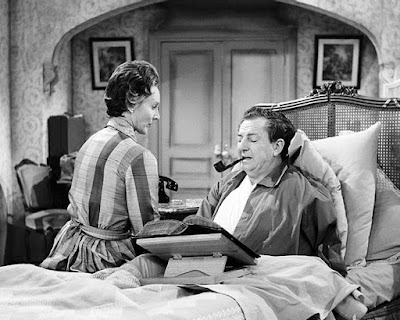Front to back:
Car passing by:
unidentified, probably Ford Zodiac / Zephyr Mk II
First parked row,
left to right:
Citroën 2CV, Ford Taunus 12M or 15M (P1), Citroën
2CV, Renault 4CV, Opel (Olympia) Rekord (P1), Fiat 600 and Opel
(Olympia) Rekord (P1).
Second parked row,
left to right:
Citroën 2CV, Ford Taunus 15M (“Weltkugeltaunus”,
P1), Fiat 500 Topolino C Belvedere and DKW F93/94 (Sonderklasse /
3=6).
Parked in the
street leading to the church, left, front to back:
Peugeot 403 and
Renault 4CV.
Parked in the
street leading to the church, right, front to back:
Volkswagen 1200
(Beetle), Peugeot 403, DKW F93/94 (Sonderklasse / 3=6) and
unidentified car probably Mercedes-Benz W120/W121.


























